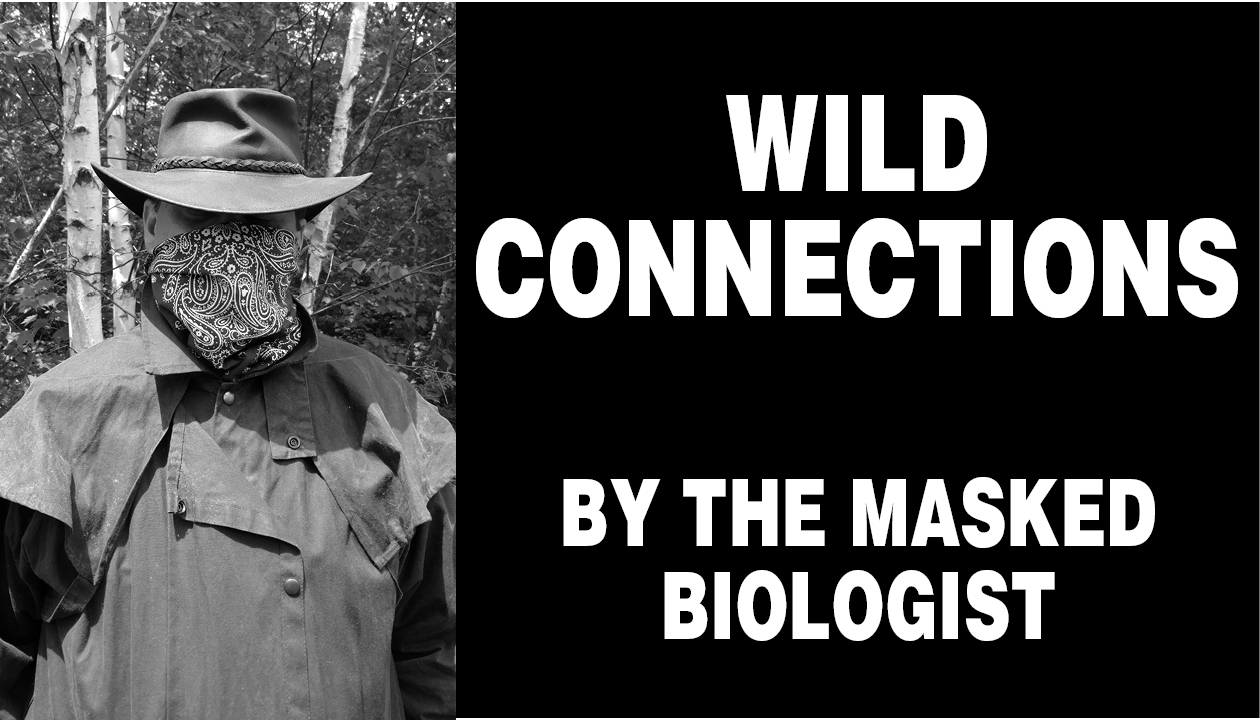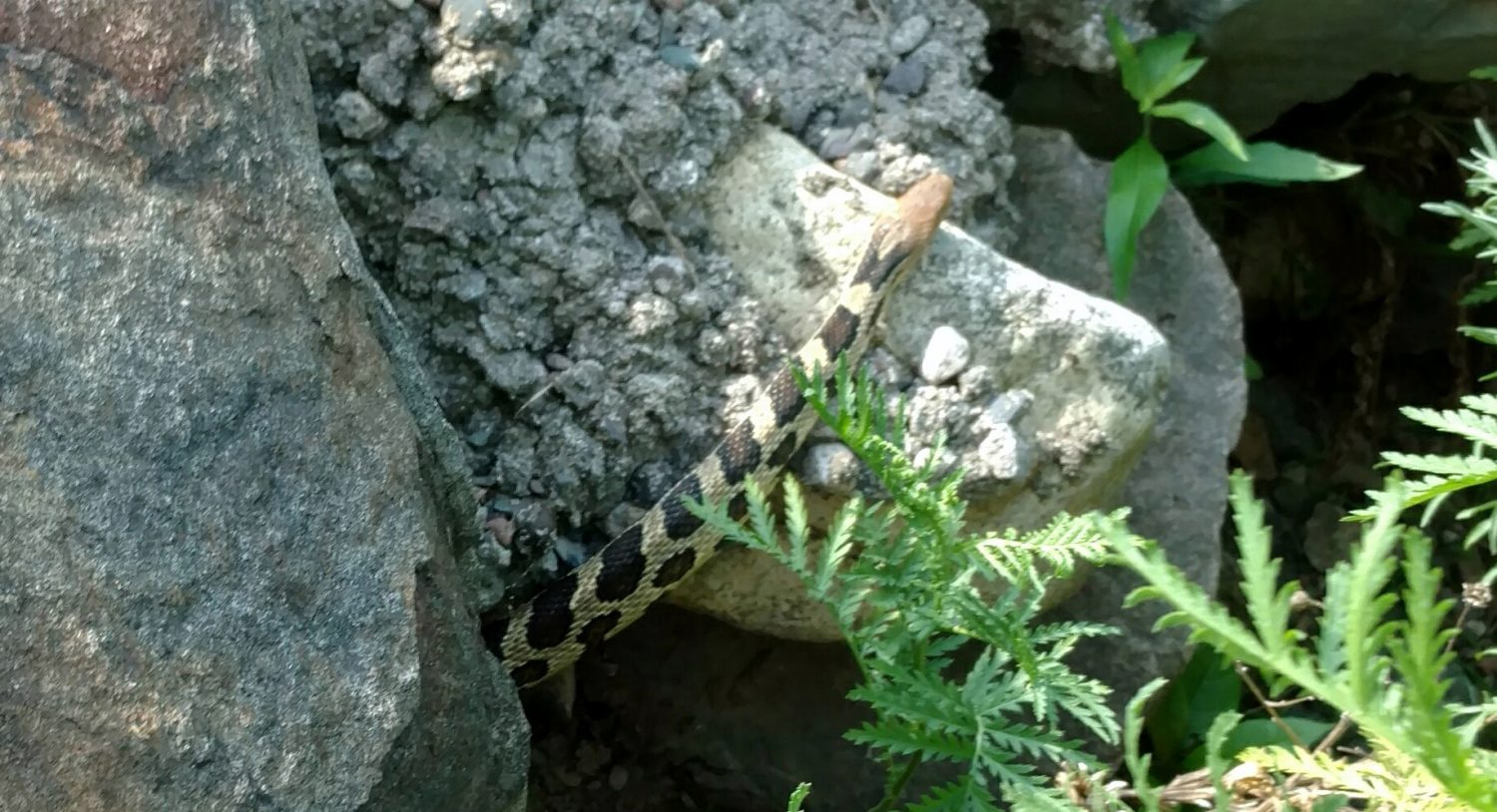As spring nears, wildlife activity increases

BY THE MASKED BIOLOGIST
Special to the Star Journal
The activity in the woods takes on a different complexion this time of year. Many of the wildlife species that inhabit the Northwoods are changing their typical behavior. For one group, mid-February signals the start of the breeding season. This group is referred to as fur-bearers or carnivores; the cat family (felidae), weasel family (mustelidae), raccoons (procyonidae), bear family (ursidae) and dog family (canidae) all belong to the same general order called CARNIVORA.
Wisconsin’s populations of large carnivore are the highest they have been in recent history. In addition to the common carnivores, like raccoons, foxes and coyotes, we have seen greater numbers of bears, wolves and now even cougars (pumas) in the state than we had a half century ago. From a natural resource management standpoint, the carnivores are managed similarly, but the group is handled differently from deer or small game. Small game species (with the exception of migratory waterfowl) see consistent, standard harvest limits and seasons here in Wisconsin.
Carnivores are more intensively measured and managed than most other species in the state.
Most furbearers are harvested either by trapping, hunting, or both. The state natural resources agency collects parts of the harvested animals to examine their age structure and reproductive history. Staff run survey routes and record presence or absence data on them all. Typically, though, wintertime snow track surveys are required to be completed before now because their behavior changes.
Wolves are a good example. The alpha, or dominant male and female pair is probably focusing on pair bonding and preparing for mating as the female’s reproductive cycle shifts from inactive to receptive and ready to procreate. The male will monitor the female’s raised leg urinations, or RLUs, to ensure they are prepared to breed when she is ovulating. A month ago, the lead animals were patrolling territorial boundaries with their pack, defending their territory, and looking for food; now they likely are keeping closer to a preferred den site, clearing snow and debris away.
They still protect their turf and look for food, but they clearly cover less ground than earlier in the winter.
Coyotes, foxes, and raccoons are mating and denning as well. Raccoons have a gestation period of about 65 days, and breed in late January or early February, too. They will bear their young then in April or May and they will be adorable. Bobcats tend to begin breeding after mid-February. The weasel relatives breed a year in advance; fisher and otter bred in March or April of 2017 and will give birth next month. Does that mean they have a gestation period of over 350 days? Well, yes and no. They actually utilize an adaption known as delayed implantation. Shortly after giving birth to a litter, the female will breed again and hold the male’s contributed genetic material (semen) inside her body until she ovulates, or becomes fertile, and then becomes impregnated.
The black bear, our largest current resident carnivore, is a notable exception to the CARNIVORA wintertime breeding activity—they breed in June, and right about now they are giving birth to their cubs in the den if they haven’t already in the last week or two.
So, whether related to denning and breeding or not, carnivores are generally in a mid-winter pattern of reduced activity. Nights are very cold; the snow is usually too deep to get around easily.
Small, light prey animals escape quickly either by running on top of snow or tunneling under it.
For the animals that use water, like mink and otter, the lakes are frozen solid and most rivers and streams are getting pretty iced up, making water access difficult. Much like many humans, carnivores are reducing their activity level, heading out only to conduct essential life business. They are going to need a lot of energy soon to tend to their young.
The Masked Biologist earned a Bachelor of Science degree in wildlife biology. His work in natural resource agencies across the country provided opportunities to gain experience with a variety of common and rare fish, plant and wildlife species. Follow The Masked Biologist on Facebook. Email questions to [email protected].
Leave a reply
You must be logged in to post a comment.


